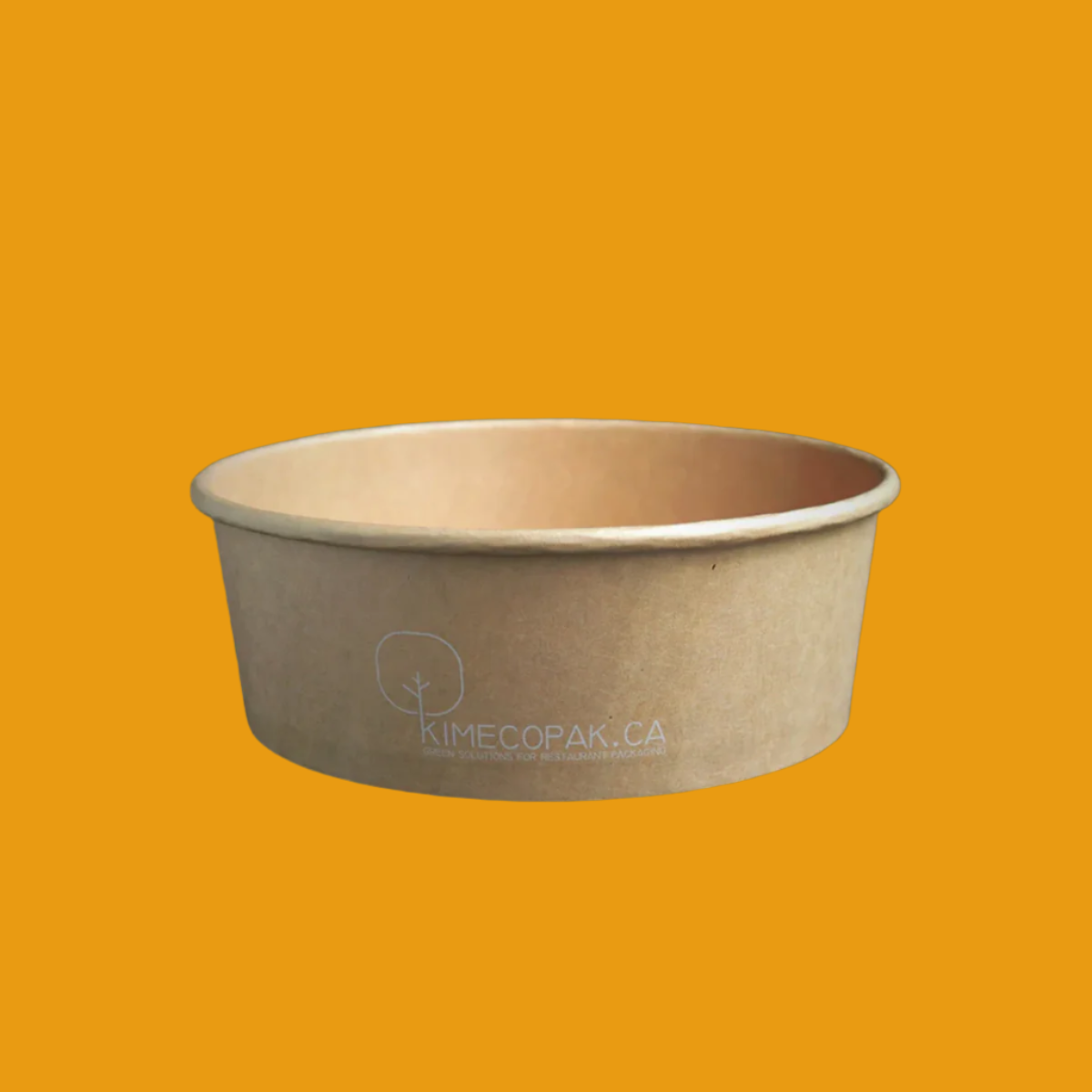Commercial Kitchen operations form the backbone of the food service industry, providing a structured environment for high-volume food production. Unlike home kitchens, commercial kitchens are designed for efficiency, safety, and compliance with stringent health codes. Whether you're launching a restaurant, running a catering business, or operating a ghost kitchen, understanding what defines a commercial kitchen and how to optimize it, is critical to your success.
- What Is Commercial Kitchen Equipment? Everything You Need to Know
- How to Start a Commissary Kitchen: A Step-by-Step Guide for Aspiring Food Entrepreneurs
What Is a Commercial Kitchen?

A commercial kitchen is a professional cooking space designed to prepare food for sale or distribution. It’s typically larger and more complex than a home kitchen, featuring specialized equipment to meet the needs of businesses like restaurants, caterers, or food manufacturers.
Definition and Key Characteristics
Commercial kitchens are equipped with professional-grade appliances, ample workspace, and designated areas for food preparation, cooking, cleanup, and storage. They are built to facilitate high-volume food production efficiently and safely.
Difference Between a Commercial Kitchen and a Home Kitchen
The primary difference lies in the scale and functionality. While a home kitchen may suffice for casual cooking or small family meals, a commercial kitchen is designed for consistent, heavy use:
- Space: Commercial kitchens have more floor space to allow multiple staff members to work simultaneously.
- Equipment: Professional tools like commercial ovens, grills, and fryers are standard, whereas home kitchens typically have smaller, multi-purpose appliances.
- Utilities: Commercial facilities are designed to support intensive energy and water use.
Who Needs a Commercial Kitchen?
Various businesses require access to commercial kitchen facilities, including:
- Restaurants: From diners to upscale establishments, all need kitchens to prepare their menus.
- Bakeries: Specialized equipment is essential for baking large quantities of bread, pastries, or cakes.
- Ghost Kitchens: With the rise of food delivery services, these kitchens operate only for takeout or delivery orders without a storefront.
- Catering Services: They rely on commercial kitchens to prepare large batches of food for events.
Commercial Kitchen Requirements and Regulations

Navigating local health regulations and safety codes is essential for operating a commercial kitchen.
Local Health Department Codes
Each region has health department codes ensuring food safety protocols are followed. These include proper food storage temperatures, cleanliness standards, and employee hygiene practices.
Fire Safety and Ventilation Regulations
Regulations often require fire suppression systems, proper ventilation hoods, and escape routes. Ventilation must control heat and odor, ensuring a comfortable and safe environment for staff.
Food Safety and Sanitation Requirements
Food safety regulations cover everything from safe food handling practices to regular inspections. It is imperative to have training protocols in place for staff to minimize contamination risks.
Waste Disposal and Sustainable Practices
Responsible waste disposal includes composting and recycling. Many jurisdictions also have mandates in place for sustainable waste management practices to reduce environmental impact.
Commercial Kitchen Layout and Design Tips

Efficient kitchen design maximizes productivity and safety.
Key Zones: Prep, Cooking, Cleaning, Cold Storage, Dry Storage
Organizing the kitchen into distinct zones facilitates workflow and reduces congestion. Key areas include:
- Prep: Space for initial food prep, including cutting and chopping.
- Cooking: Equipped with stoves, ovens, and fryers.
- Cleaning: Dishwashing stations to maintain hygiene.
- Cold Storage: Refrigerators and freezers for perishables.
- Dry Storage: Areas for non-perishables like grains and canned goods.
Workflow Efficiency: Minimizing Steps and Maximizing Output
Design the layout to reduce the distance staff must travel between zones, which enhances efficiency. For instance, placing the cooking area near prep can cut down on movement and time.
Small vs. Large Kitchen Layout Strategies
In smaller kitchens, consider multifunctional equipment to save space. Larger kitchens can afford to have more specialized areas but still should aim for an organized flow to minimize chaos during peak hours.
Commercial Kitchen Equipment Checklist

Whether starting from scratch or upgrading an existing kitchen, here's a checklist of essential items:
Cooking Appliances
- Grills
- Fryers
- Ovens - Convection or combi-ovens for versatility
Refrigeration and Freezer Units
- Reach-in refrigerators
- Walk-in coolers
- Blast chillers for cooling food quickly
Dishwashing Area Setup
- Commercial dishwashers
- Three-compartment sinks for washing, rinsing, and sanitizing
Smallwares and Utensils
- Knives, cutting boards, pots, and pans
- Serving utensils and food pans
How to Build a Commercial Kitchen on a Budget

Establishing a commercial kitchen doesn't have to break the bank. Here are practical strategies:
Buy Used vs. Lease Equipment
Purchasing used equipment can significantly cut costs. Leasing is another option that allows you to upgrade without a hefty upfront investment.
Prioritize Essential Equipment for Phase 1
Focus on acquiring the most critical tools needed to operate successfully in the first phase to avoid overspending.
Work with Local Suppliers for Cost-Effective Solutions
Establish relationships with local suppliers who may offer deals on equipment or food supplies. It can lead to better pricing and prompt support.
Consider Shared Commercial Kitchen Spaces (Commissary Kitchens)
If space or funds are limited, partnering with a commissary kitchen can provide access to necessary facilities without the financial burden of maintaining a full-scale kitchen.
Sustainable Practices for a Commercial Kitchen

Creating a sustainable kitchen can benefit both your business and the environment.
Using Compostable and Biodegradable Packaging
Transitioning to eco-friendly packing materials reduces waste and aligns with modern consumer preferences for sustainability.
Reducing Food Waste and Energy Consumption
Implement practices to track and minimize food waste. Energy-efficient equipment can also help to lower utility costs and environmental impact.
Water-Saving Equipment and Green Certifications
Invest in water-efficient appliances and aim for certifications that highlight your commitment to sustainability, which can enhance your brand image and attract eco-conscious customers.
Staffing and Operational Workflow

Hiring Line Cooks, Prep Chefs, Dishwashers
Building an effective workforce is at the heart of any successful commercial kitchen. Start by clearly defining each role you need, including line cooks, prep chefs, and dishwashers.
- Line Cooks: Responsible for and cooking meals according to the menu, they should be skilled in various cooking techniques. During interviews, look for candidates who can demonstrate creativity and a passion for food.
- Prep Chefs: They lay the groundwork for the kitchen's production by handling the initial preparation of ingredients. Hiring individuals with strong organizational skills can streamline this process and ensure that the kitchen runs smoothly.
- Dishwashers: Often underappreciated, dishwashers play a crucial role in maintaining cleanliness and order, which directly impacts kitchen efficiency.
Establishing Kitchen SOPs
Standard Operating Procedures (SOPs) help create a consistent working environment where staff can accomplish tasks with minimal confusion. SOPs should cover everything from food preparation techniques to safety protocols.
- Create a handbook detailing each SOP and make sure all staff receive training on them.
- Regularly revisit and update these procedures to adapt to the changing needs of your kitchen and any new culinary techniques.
Training and Cross-Training for Efficiency
A well-trained team can work faster and more effectively. Focus on comprehensive training programs to build foundational skills in your staff.
- Cross-training allows employees to learn multiple roles, which is essential during peak hours. This not only helps in balancing workloads but also fosters teamwork.
- Consider workshops to improve skills and create a flexible workforce that can step into different roles as needed.
Scheduling for Peak Hours
Understanding your peak hours is essential for effective staffing. Utilize sales data to identify busy periods and adjust your scheduling accordingly.
- Implementing a rotating schedule can ensure that staff works during their preferred hours while still covering peak times.
- Keep open communication with your team to address any scheduling conflicts and maintain morale.
Maintenance and Cleaning for Commercial Kitchens

Daily, Weekly, Monthly Cleaning Checklists
Consistent cleanliness is vital in a commercial kitchen for health and safety reasons. Develop clear checklists for various cleaning tasks.
- Daily Tasks: Include sweeping floors, sanitizing surfaces, and cleaning equipment.
- Weekly Tasks: Consider deep-cleaning appliances and organizing storage areas.
- Monthly Tasks: Inspect and clean hard-to-reach areas and review overall kitchen organization.
Grease Trap and Exhaust Maintenance
Regular maintenance of your kitchen’s grease traps and exhaust systems can prevent costly problems down the line.
- Schedule professional cleanings quarterly or biannually.
- Keep a log of maintenance and inspections for compliance and reference.
Pest Control Protocols
Implement proactive pest control measures to ensure a safe kitchen environment.
- Regular inspections and immediate reporting of any issues can prevent larger infestations.
- Collaborate with pest control professionals to create a tailored plan for your kitchen.
Tools for Tracking Cleanliness and Compliance
Using tracking tools can help ensure that your kitchen maintains high cleanliness standards.
- Consider digital apps that allow you to log cleaning tasks and monitor compliance in real time.
- Regular audits can help identify areas needing attention and maintain accountability among staff.
Commercial Kitchen Licensing and Insurance

Business License, Health Permit, Fire Inspection
Before opening your kitchen, ensure you have all necessary licenses and permits.
- Business License: Verify that your local business regulations are met.
- Health Permit: Regular inspections by health departments help ensure compliance with safety standards.
- Fire Inspection: Particularly important in kitchens due to the use of open flames and electrical appliances, stay compliant with fire safety regulations.
Food Handler Certifications
All staff should obtain food handler certification to understand safe food preparation and handling practices.
Schedule regular training sessions, ensuring all new hires receive this essential training promptly.
Commercial Kitchen Liability Insurance
This insurance protects your business from potential lawsuits related to injury or damage.
Review options with an insurance broker to find coverage that meets your operational needs.
Lease Agreements if Renting Shared Spaces
If you’re renting kitchen space, ensure your lease agreement clearly defines your responsibilities and expectations.
Address elements like cleaning duties, equipment use, and access hours to avoid conflicts with other tenants.
Packaging and Takeout Optimization in Commercial Kitchens

Role of Packaging in Kitchen Efficiency
The choice of packaging can greatly influence the efficiency of your commercial kitchen.
- Properly designed packaging minimizes the time staff spends on packing and delivering items.
- Look for packaging options that facilitate stacking and organization during busy periods.
Choosing Packaging for Hot, Cold, and Delivery Items
Select packaging materials that are suitable for different types of food.
- Insulated containers work well for hot items, while breathable wraps can maintain freshness for cold dishes.
- Remember that the right packaging not only preserves food quality but also enhances the customer experience.
Branded Packaging = Marketing + Function
Investing in branded packaging is a subtle yet effective marketing strategy.
- Consider compostable takeout packaging, such as those offered by Kimecopak.ca, to appeal to environmentally conscious customers without sacrificing quality.
- Well-designed, branded packaging can leave a lasting impression on customers, enhancing their overall experience.
Conclusion
Creating a successful commercial kitchen requires thoughtful attention to layout, compliance, and sustainability, as well as thorough training for your staff.
The right choices in staffing, cleaning maintenance, licensing, and packaging not only streamline workflow but also enhance customer satisfaction. By investing time and resources into these essential areas, you set your commercial kitchen up for long-term success.









